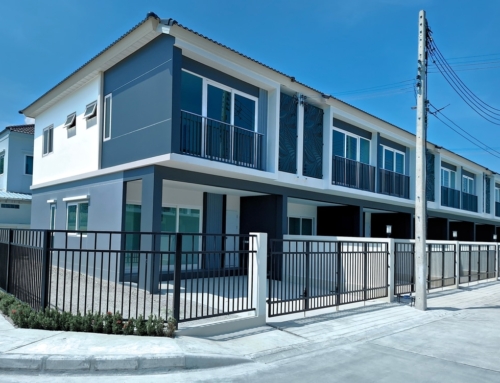If you want to perk up a real estate agent, just say, “Spring is here.”
Spring is normally the busiest time of year for real estate agents and brokers, and this year looks to be more of the same.
As February’s colder-than-average temperatures started to rise, the real estate market also began heating up. Sales of existing homes rose, as did home prices. In a housing industry forecast, secondary mortgage market player Freddie Mac said this could be the healthiest spring home-buying season since 2007.
Whether you’re a first-time homebuyer or a seasoned investor thinking about buying a home, here are three trends to watch for as the spring home-buying season comes into full bloom:
1. Home prices are on the rise.
Home prices have continued to climb upward. From early 2012 to early 2013, home prices rose by 8 percent—the most since mid-2006.
This increase in home prices is due, in part, to real estate investors dumping money into the housing sector. Investors right now account for a larger portion of buyers compared to recent years or to what is typical in a normal housing market.
But prices can’t go up forever—and certainly not at a rate of 8 percent per year. In fact, it’s likely that the housing recovery will be shaky, with prices fluctuating up and down. At the beginning of 2013, for example, not all real estate markets experienced the same housing sales upturn. Although home prices for all 20 cities tracked by the Case-Shiller home price index rose at the start of 2013, some cities—like New York, Chicago, and Boston—experienced only limited growth.
If investors suddenly drop out of the housing market, or if a large number of homeowners sell at the same time—thereby drastically increasing available inventory—housing prices could take a dive.
2. Housing inventory is limited.
Limited housing inventory (the homes that are available for sale at any single point in time) is what’s driving the housing recovery and contributing to the rise in home prices. March’s housing inventory—with over 1.5 million homes on the market—was down by over 15 percent from the year before, according to Realtor.com.
Tighter supply and increasing demand means buyers will pay higher prices for the homes they want. While home prices are rising, most homeowners can’t afford to sell until prices climb even higher. Due to the high cost of the commission and other closing costs and fees, it can cost up to 10 percent of the sales price to actually unload a property. This is especially true for the 13.8 million owners whose homes were worth less than the mortgage amount owed.
3. Interest rates remain low.
Interest rates remain at historic low levels, and that has propelled interest from buyers in all price ranges.
Since 1971, the 30-year fixed mortgage interest rate has dipped below 4 percent in only 15 months—and those were the 15 consecutive months ending February 2013, according to the most recent data available from the National Association of Realtors.
The national average commitment rate for the 30-year fixed-rate mortgage was 3.53 percent in February, down from 3.89 percent the year before, according to Freddie Mac.
Despite a slight uptick in home prices, low mortgage interest rates are keeping homes affordable in many parts of the country. And while that’s great news for potential homeowners, these affordable homes are also driving more investors to the market. An investor-driven recovery is a shaky one, and if that’s what we’re experiencing, we could be in for a rude awakening.






